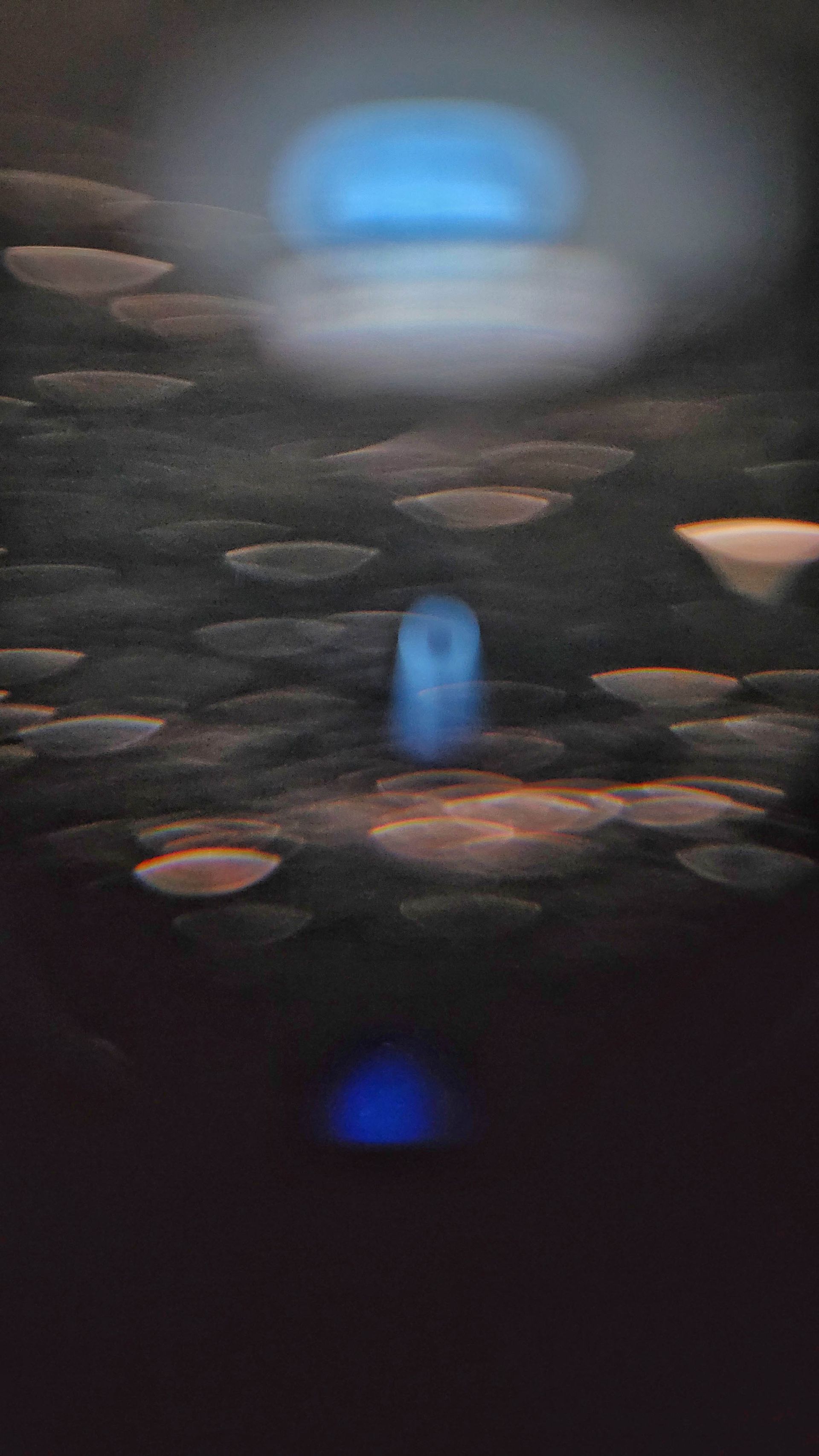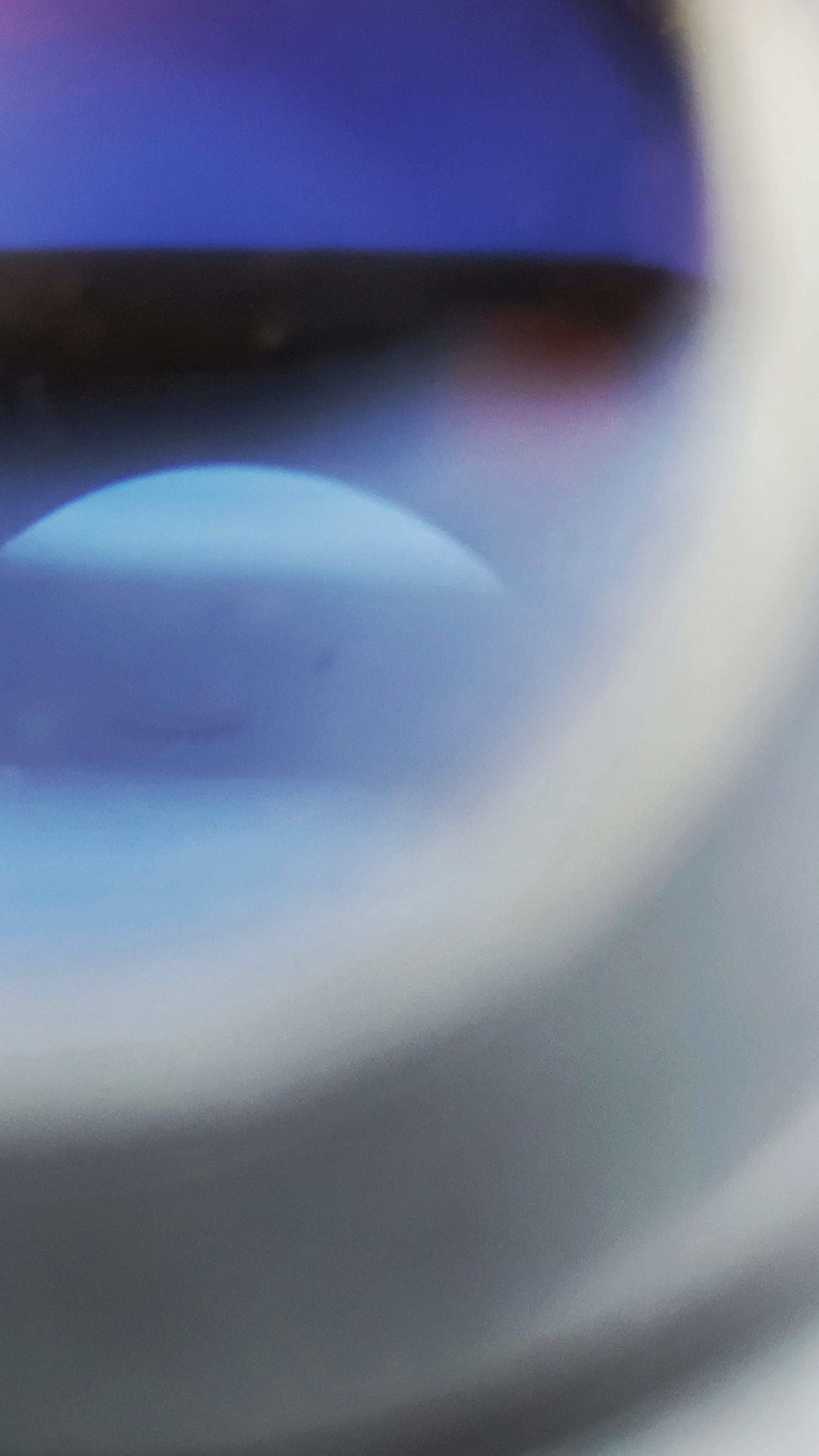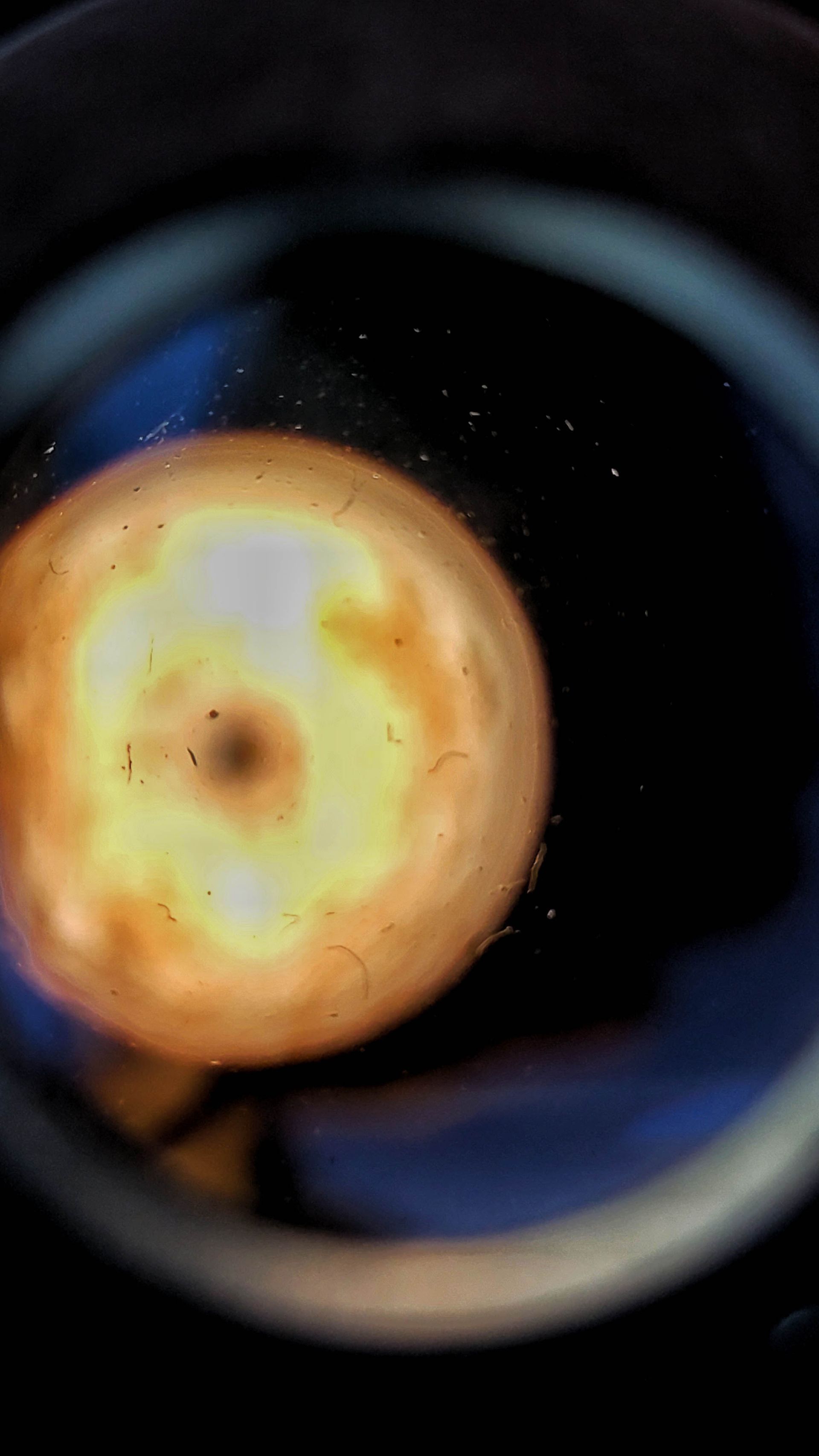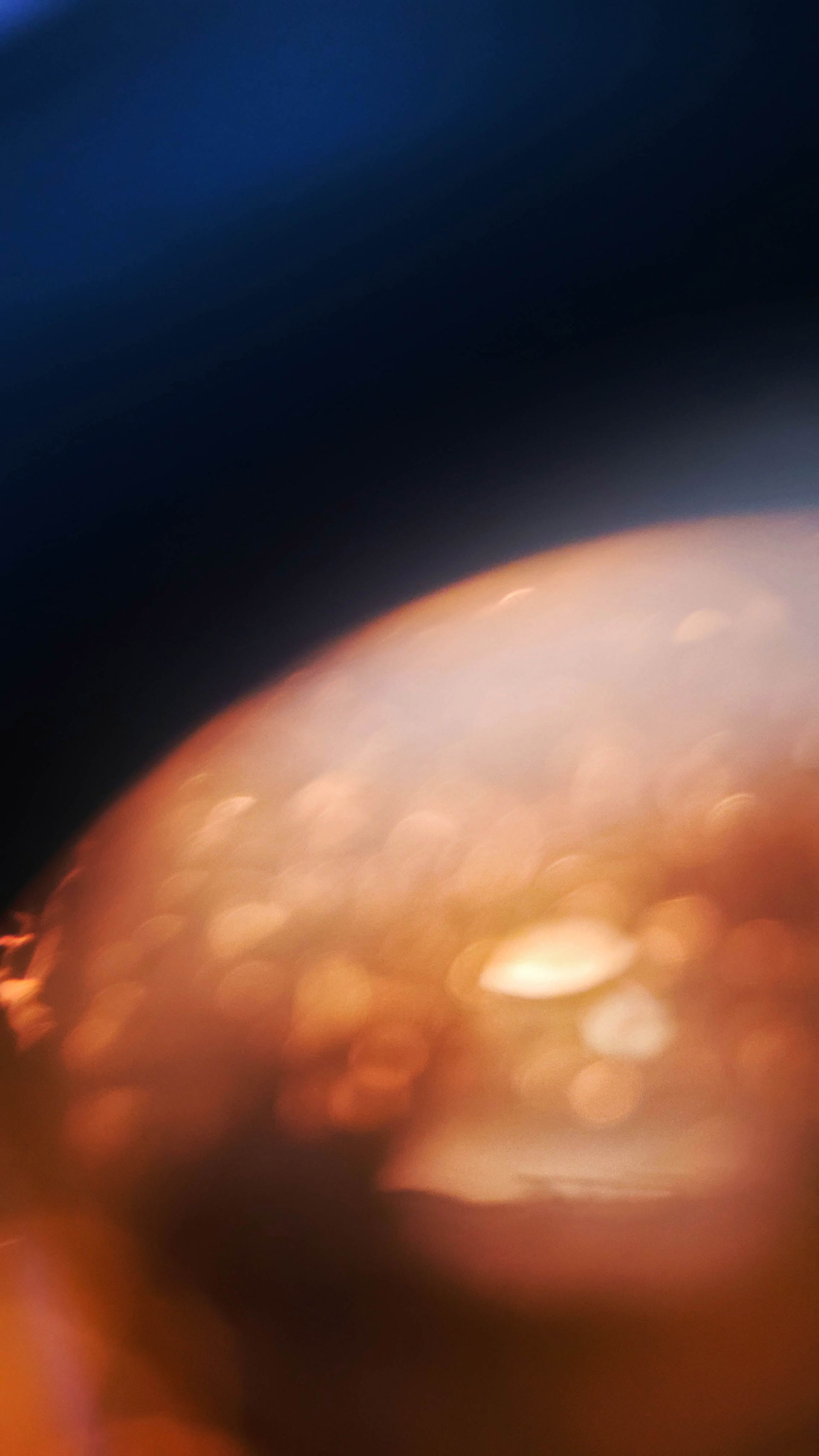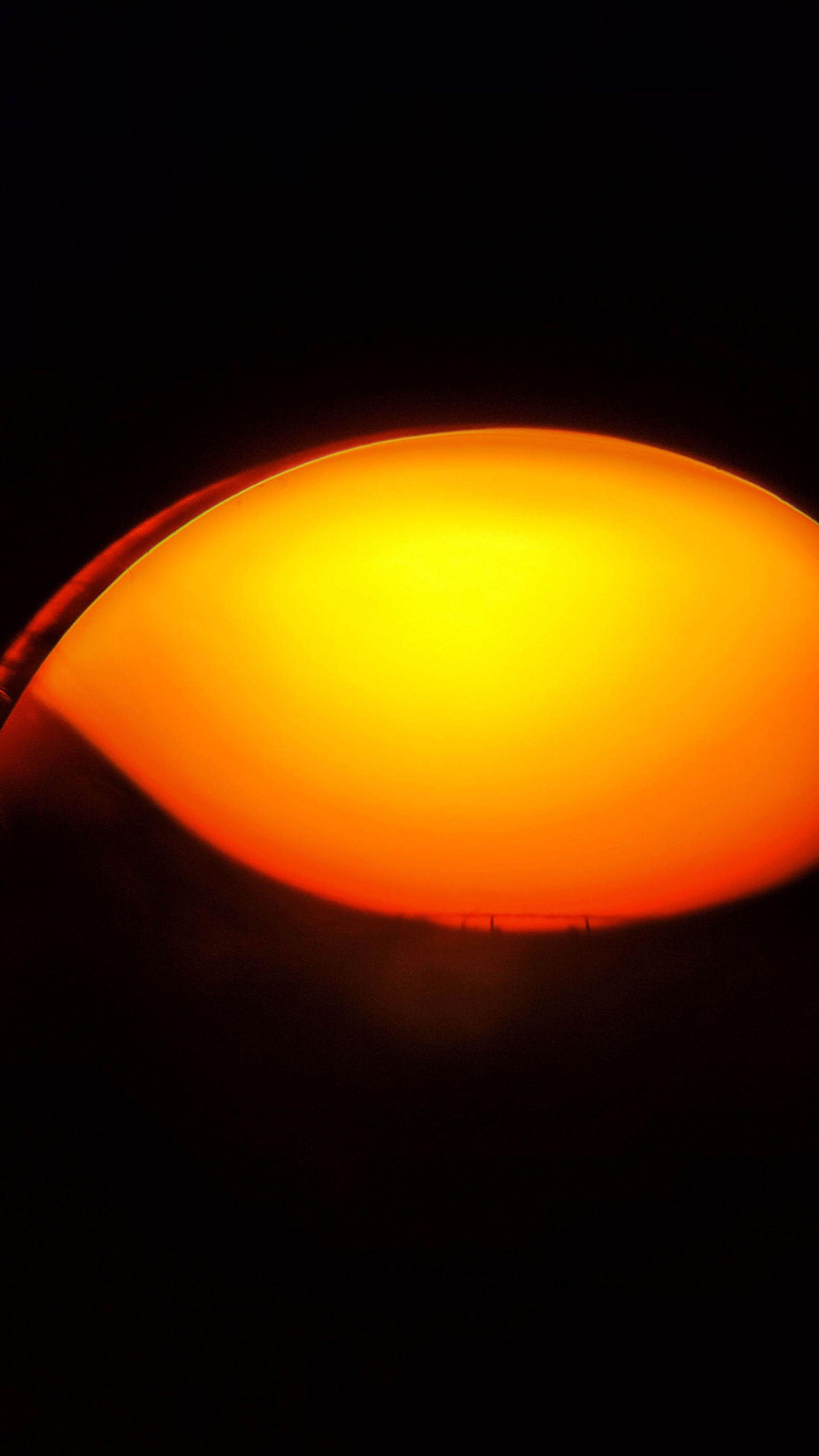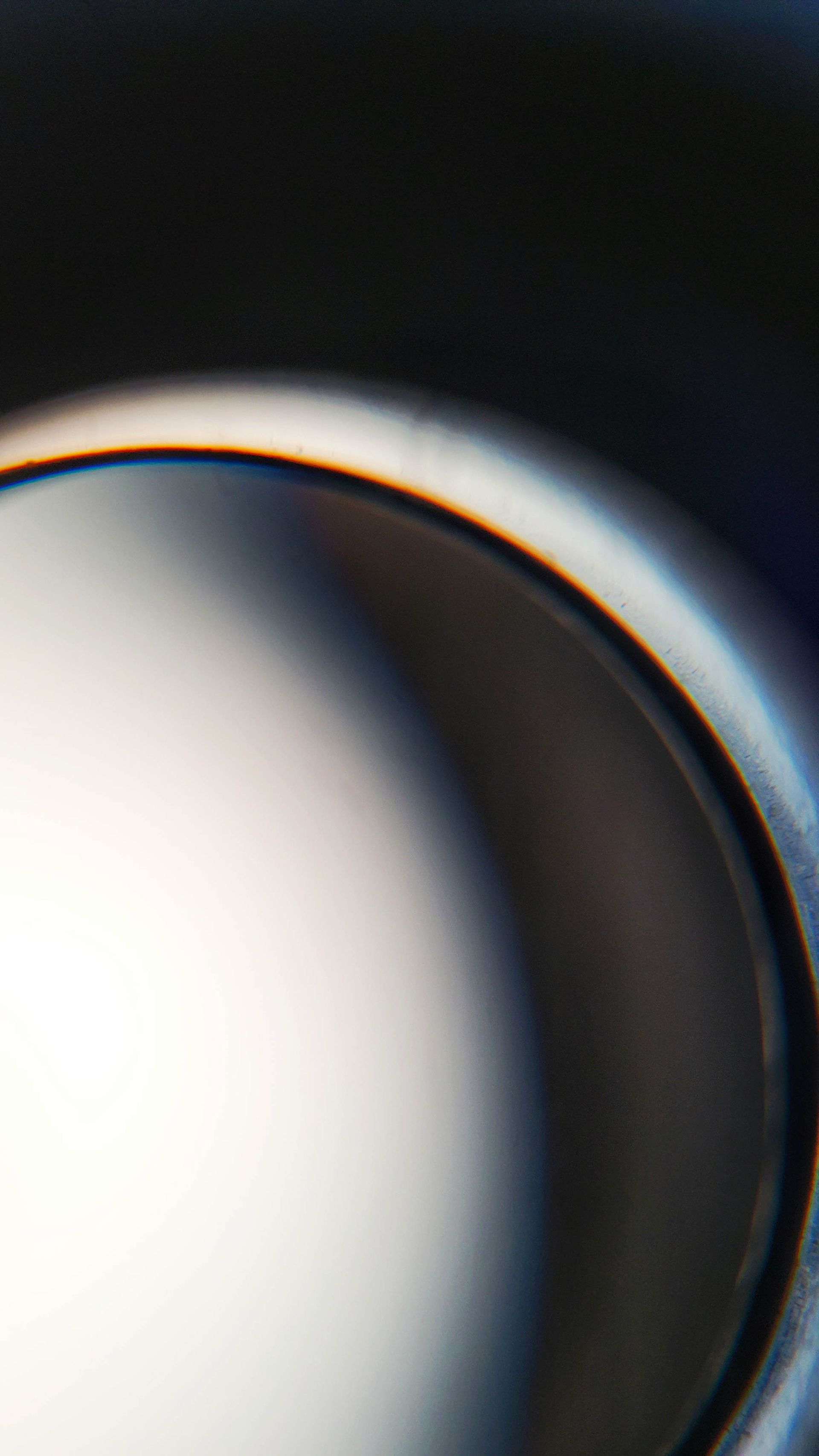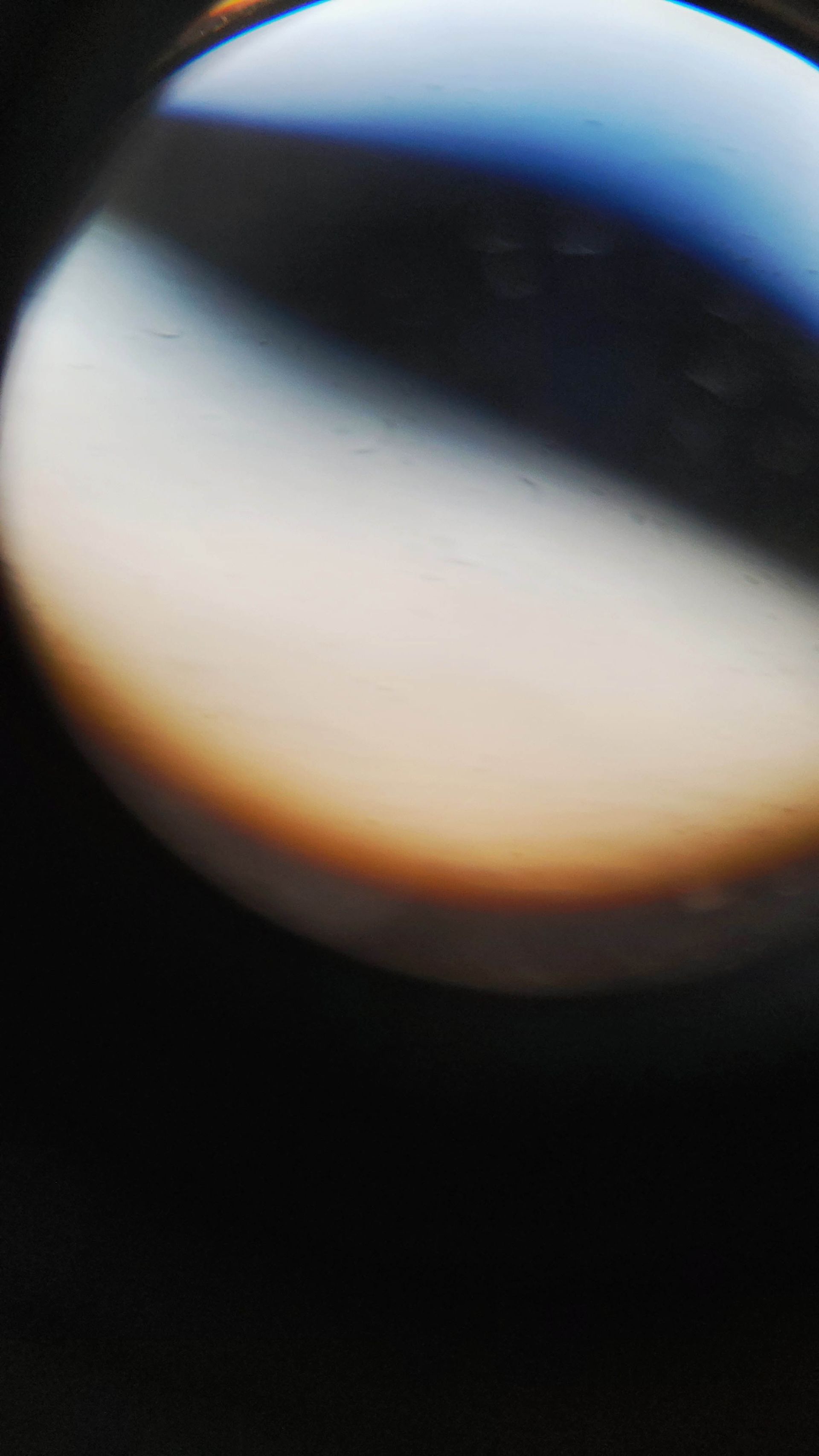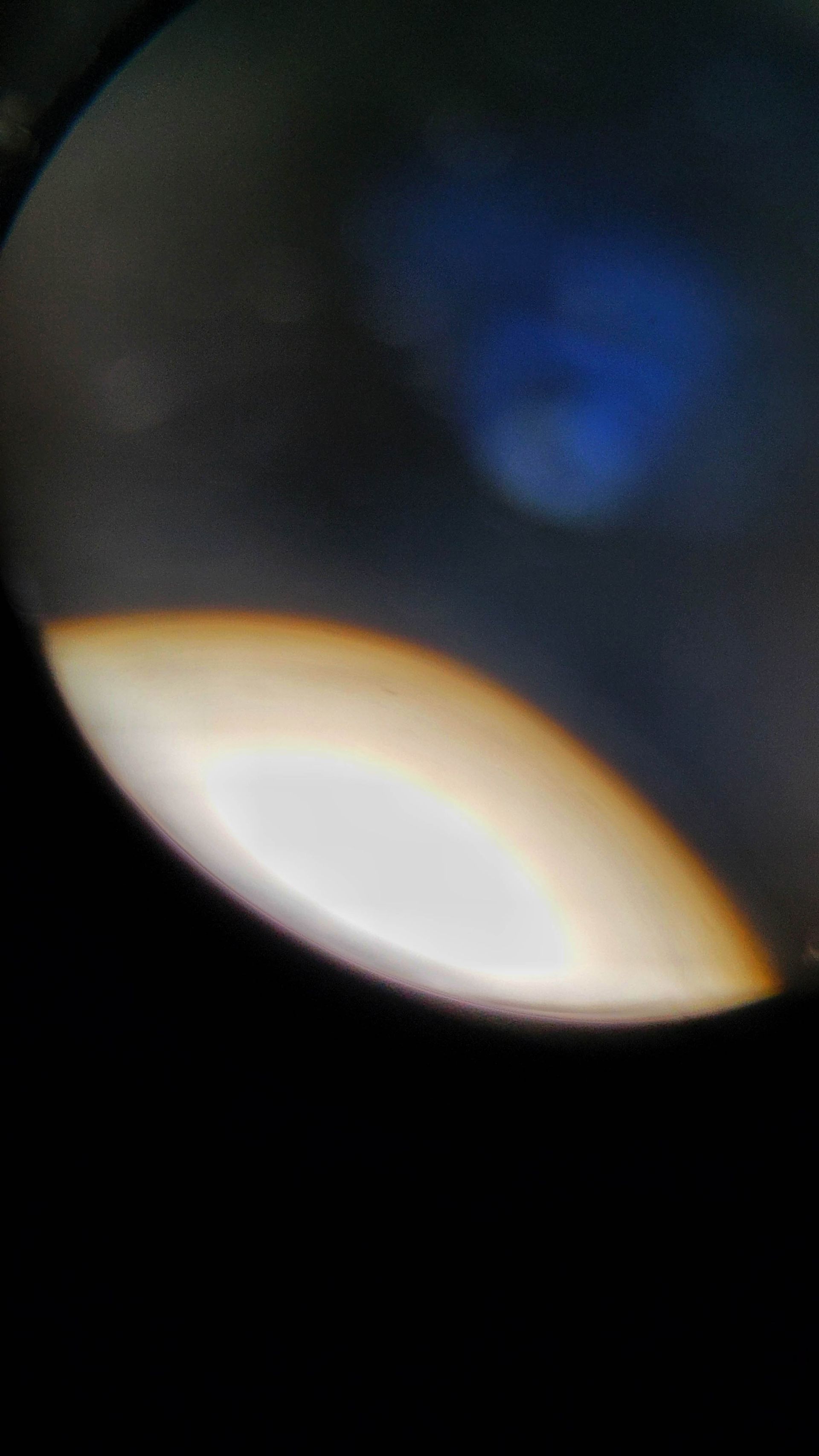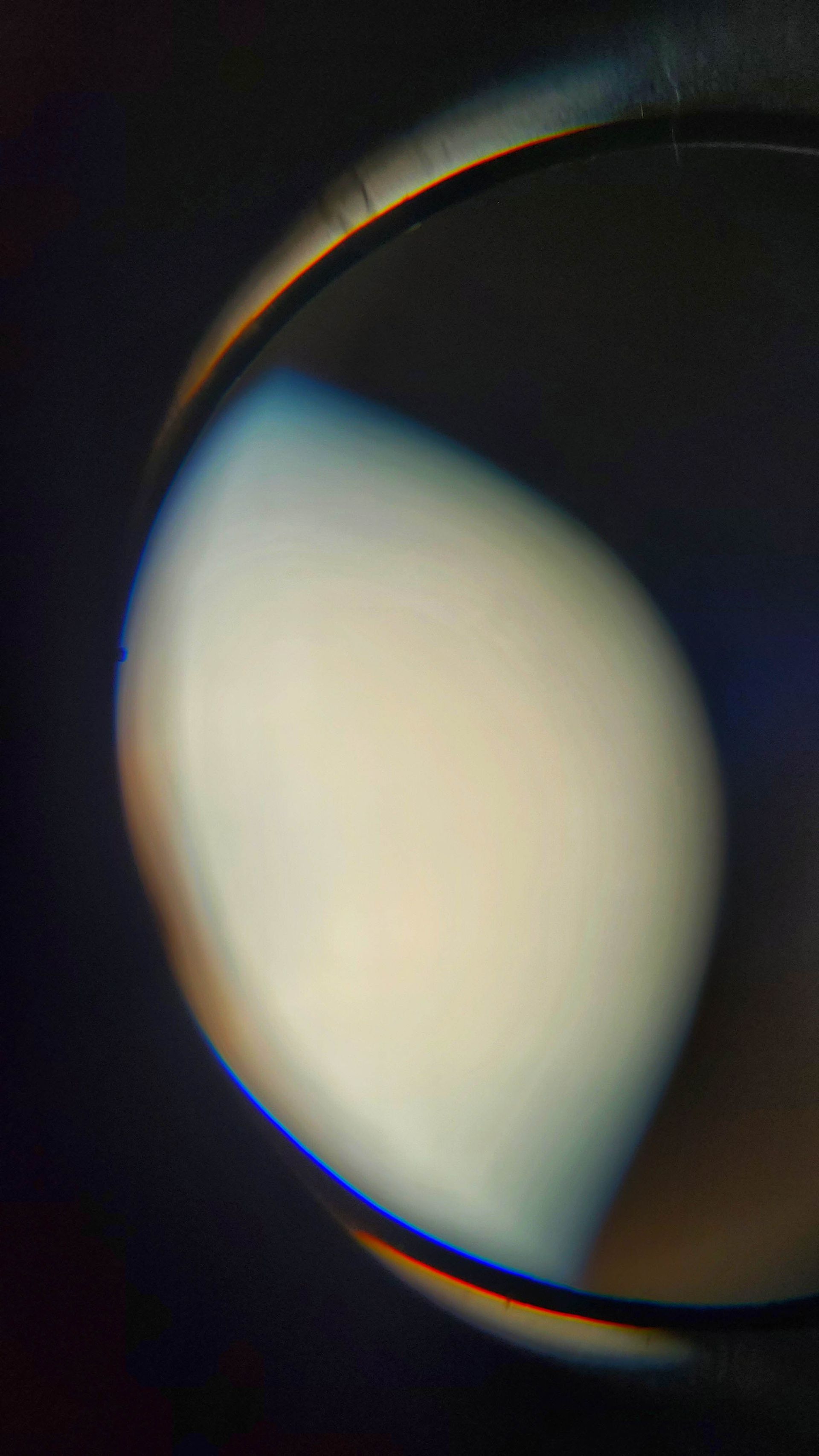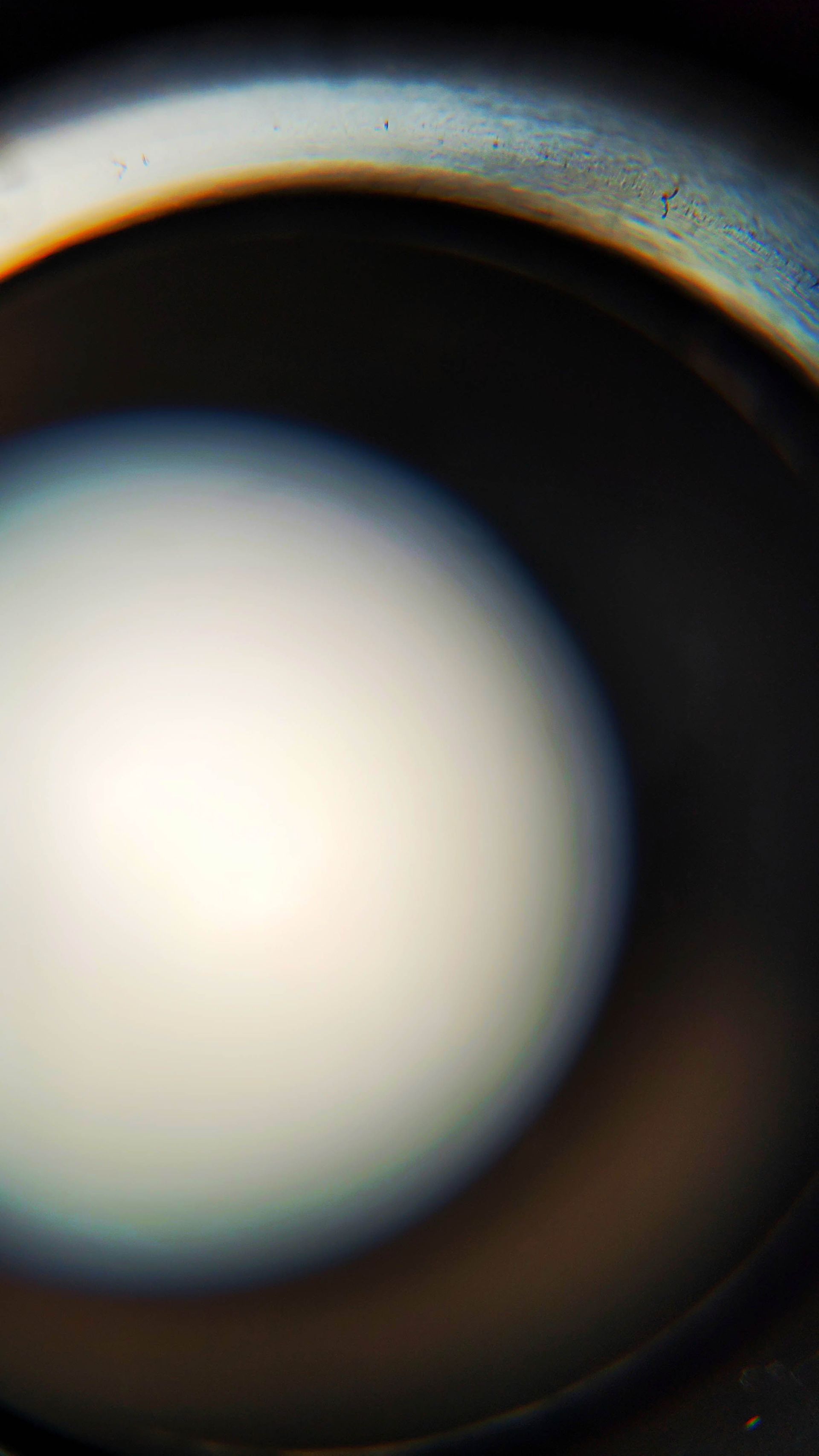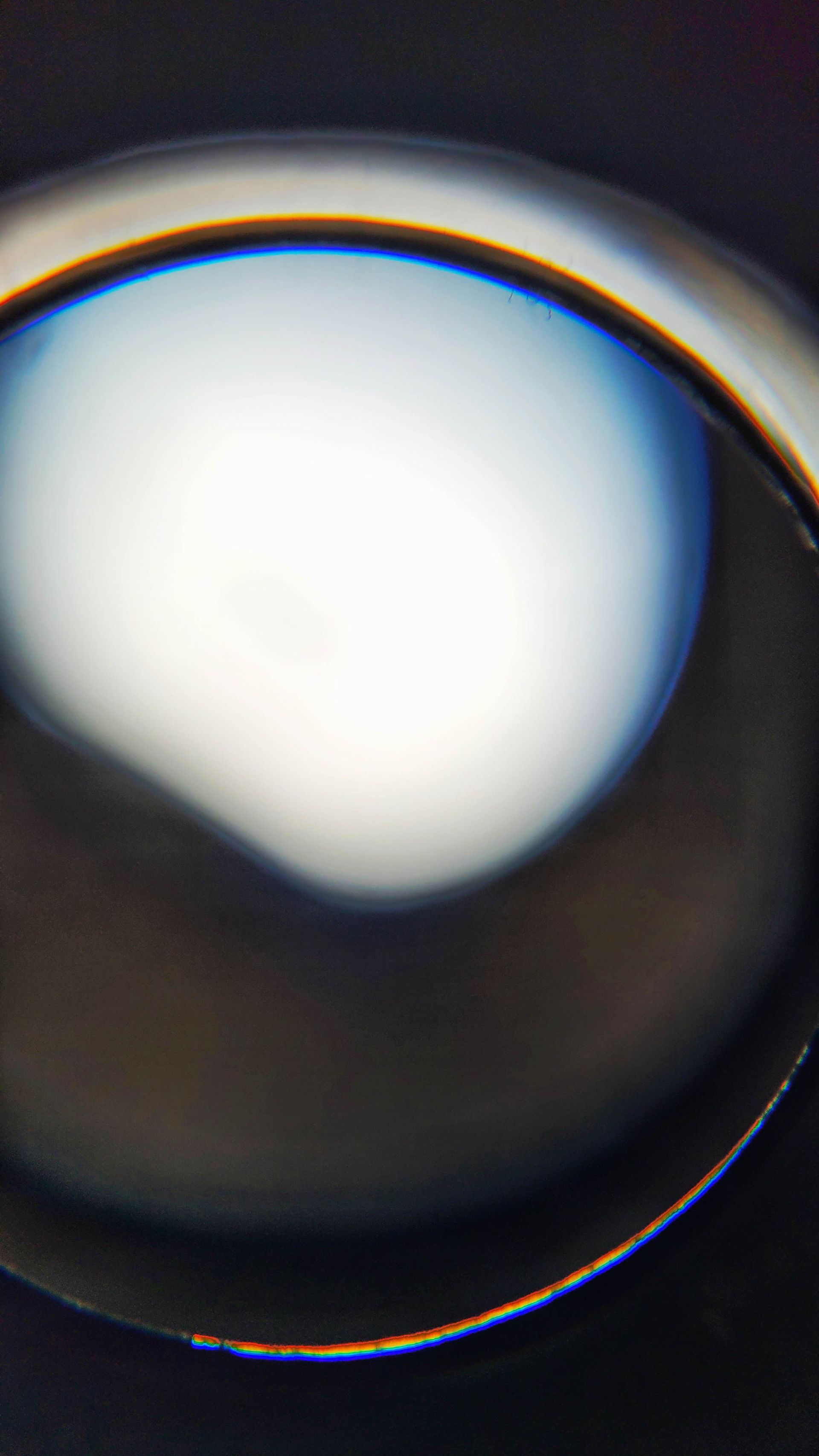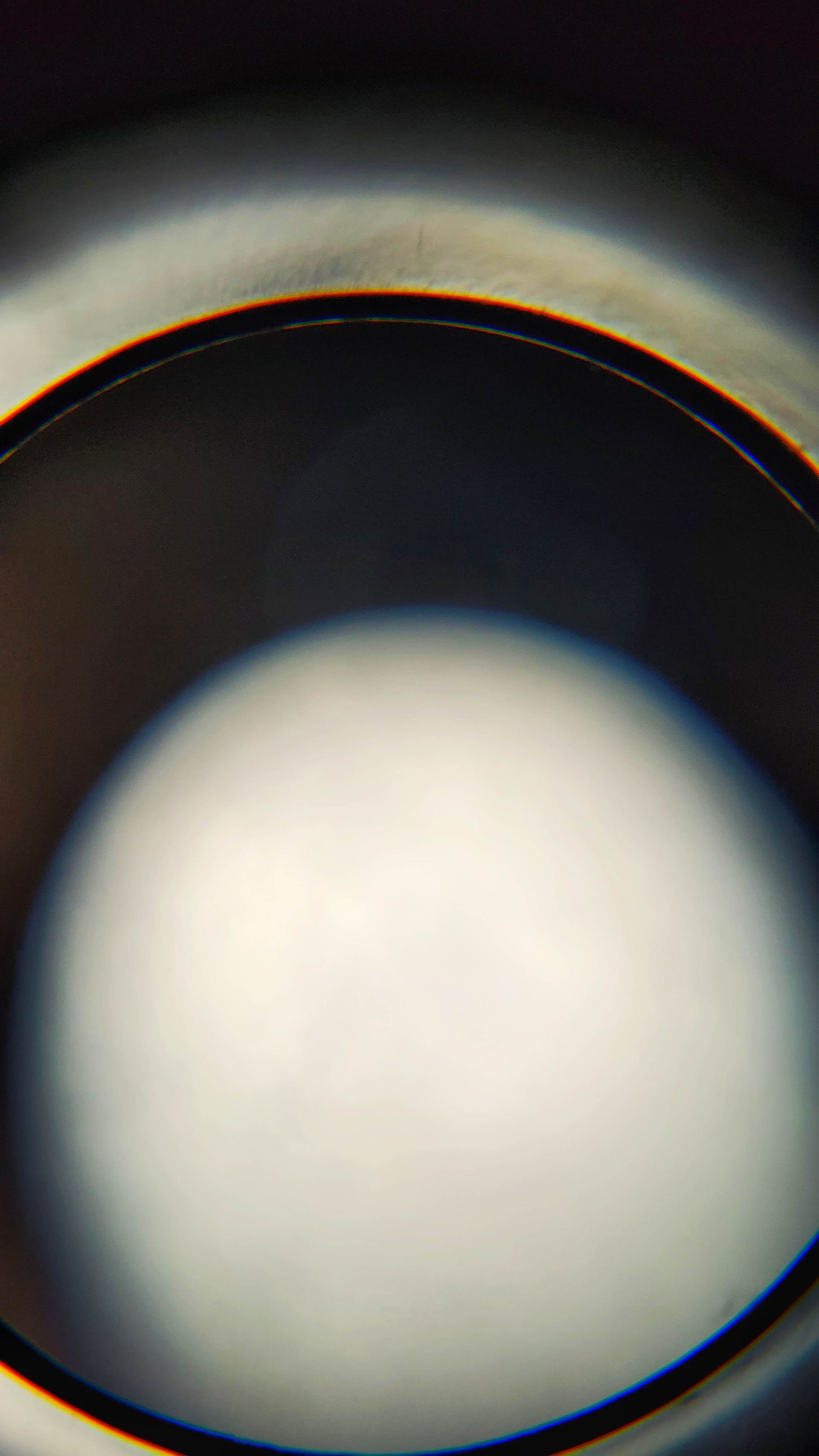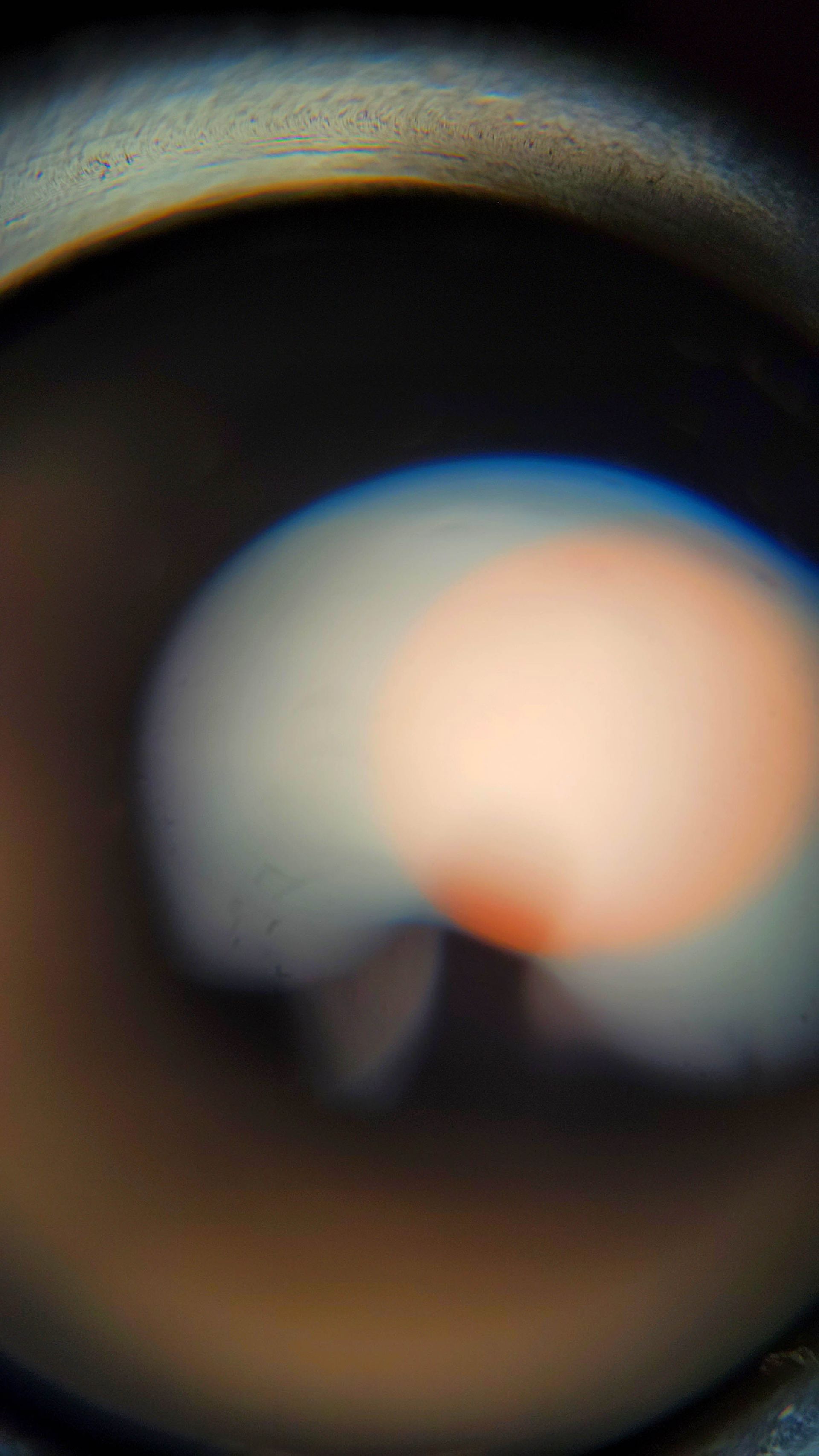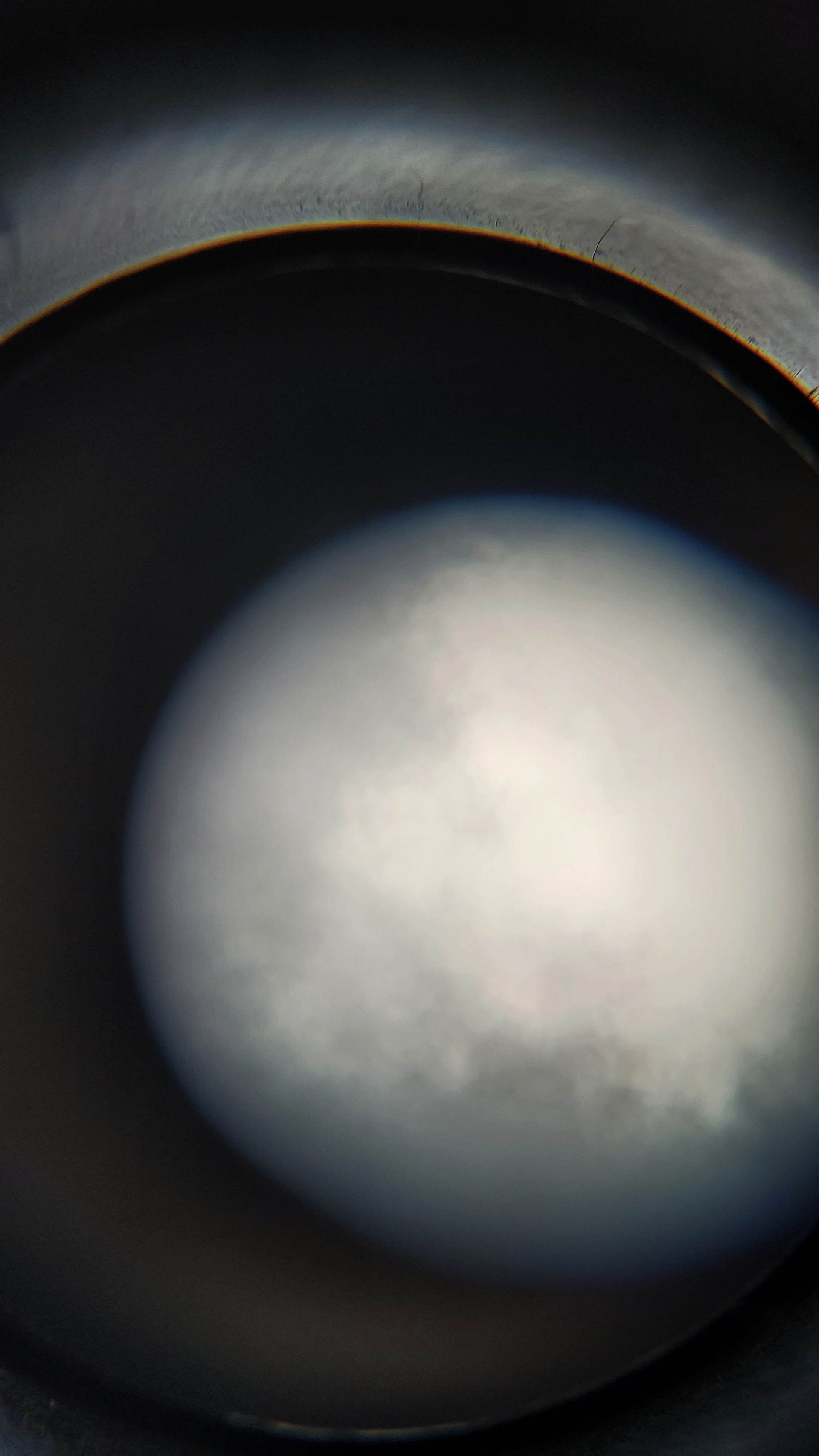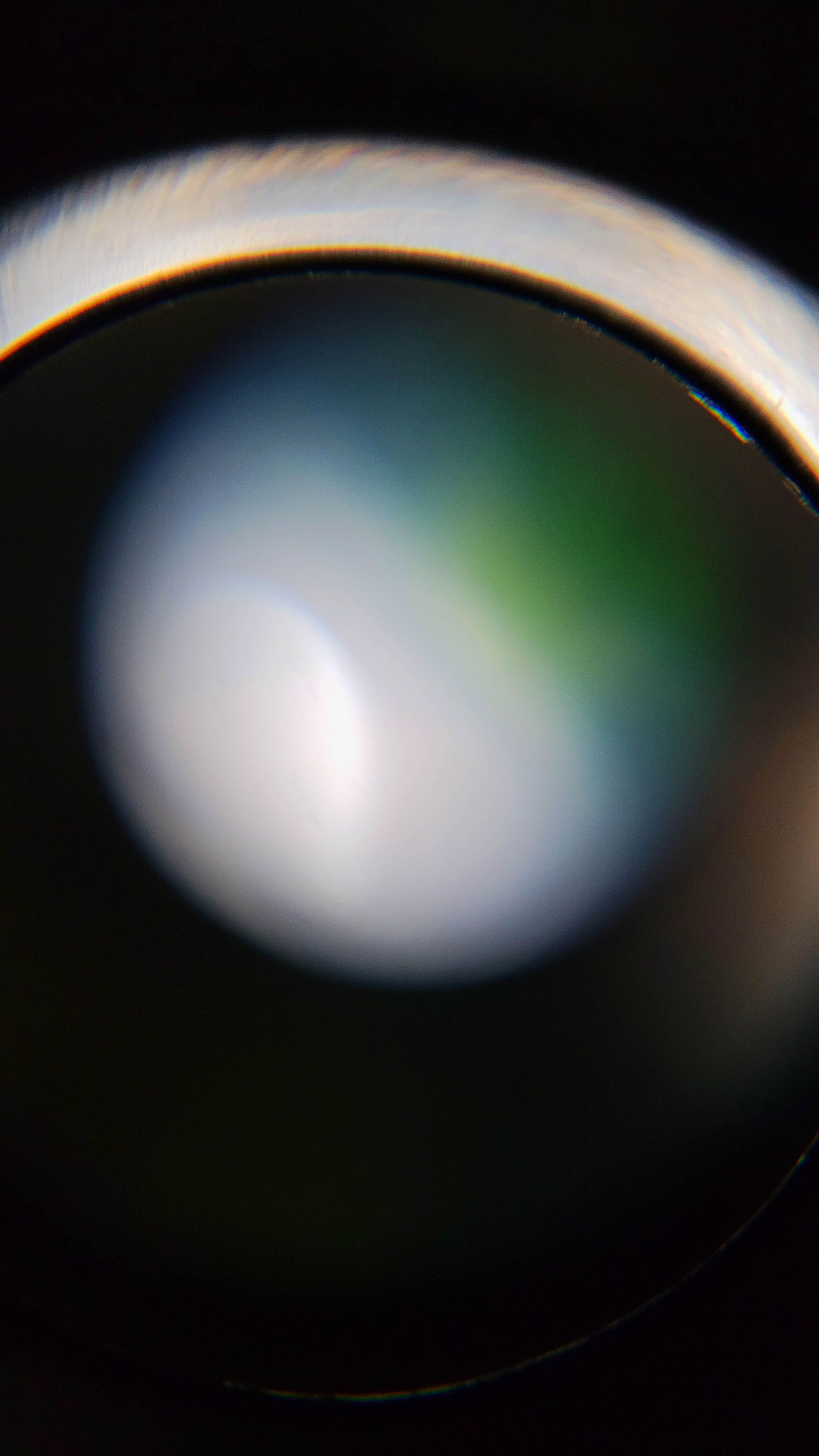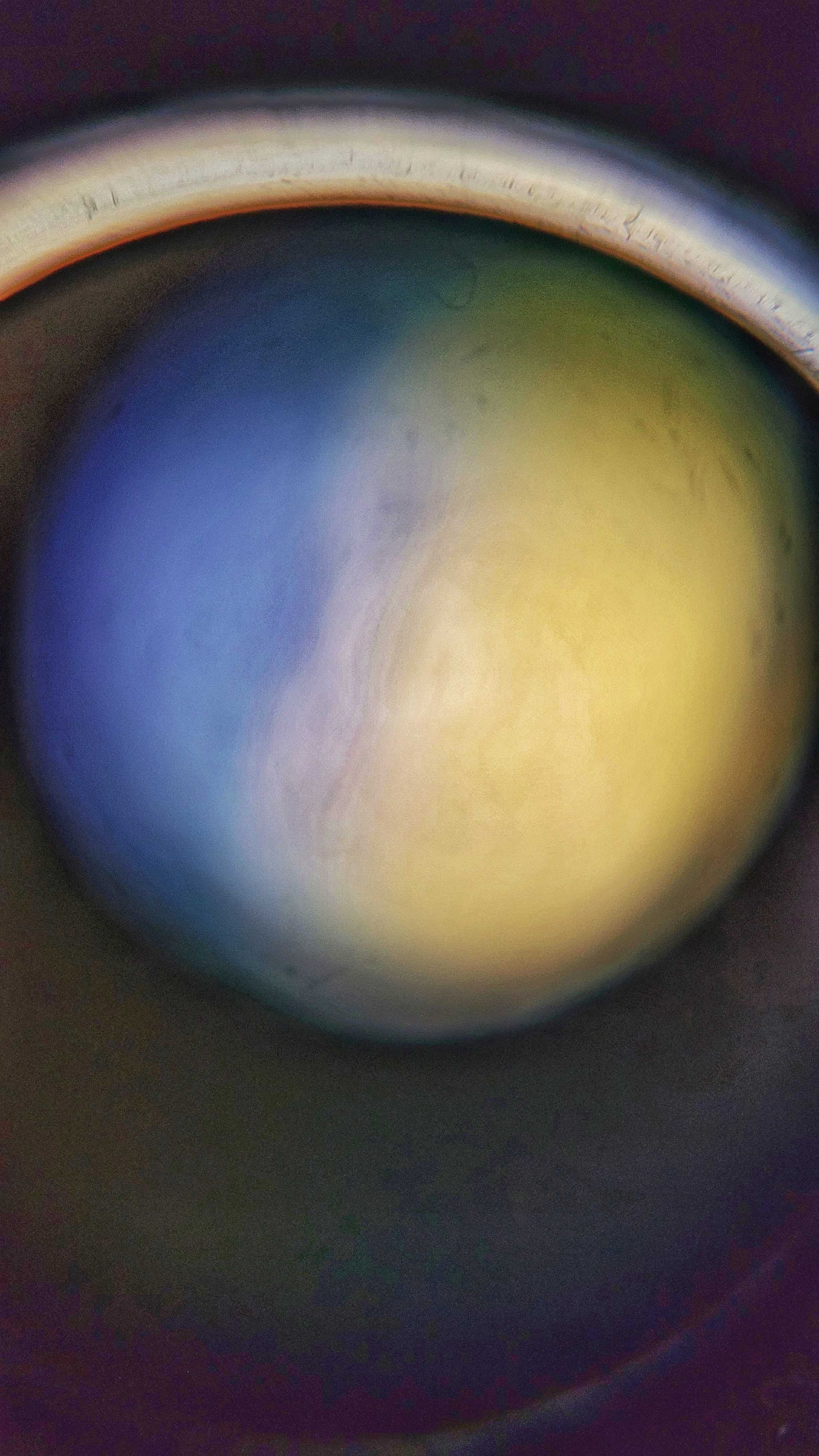Leticia Ríos
Born in Entre Ríos, Argentina (1984).
She is a Visual Arts Technician and Professor with a focus on Engraving.
She has completed various training courses in her field; Lithography at the Centro de Edición Litográfica, Buenos Aires; Engraving Workshop at the Miami Paper & Printing Museum 2024; and an artist selected to participate in the Technical Assistance Cycle of the CFI Culture Program; Industrial Grays in Woodcut with Leonardo Gotleyb; and Drawing Workshop "Principles, Means, Ends" with Eduardo Stupía.
She has participated in various national and international exhibitions and salons. Highlights: Artivistas Gallery, Paris; 68th Manuel Belgrano Salon, E. Sívori Museum of Visual Arts, Buenos Aires; Centro de Edición Litográfica Gallery, Buenos Aires; and Watergate Gallery, Washington, DC. 60th Provincial Visual Arts Salon, LIX Provincial Visual Arts Salon of Entre Ríos, LVIII Provincial Visual Arts Salon of Entre Ríos, where she received an Honorable Mention for her work in the engraving category. XXII National Salon of Entre Ríos.
Going far to feel close (Ancestors V - 04/2025)
As we allow ourselves to experience, vision opens its way. For a time, I set out to inhabit spaces inside, out, above, and below. Opening myself to these moments allowed me to experience situations for the first time, to feel what happens when moments are merely present. I discovered that what is distant, feels closer when we look inward, and that sometimes, the boundaries between one thing and another no longer exist.
No matter how small the modification—the stroke, the movement, the focus—the result can change in unimaginable dimensions.
The idea of inhabiting contemplation became for me silence: taking time to observe, look, feel, focus on a small part.
Naming something is like saying that compassion is synonymous with embracing. To embrace is to hold, to shelter, and also to look closely.
To look closely is to linger on a detail; a detail that, even though you know it's part of something greater, is that significant part of the whole. Because a detail doesn't just show us a part, a fragment, a snippet: it reveals a new meaning.
Of everything we know, we know that something can change form, but there will always be a new fragment, and there will always be a whole that gives meaning.
Click on the images for full view





